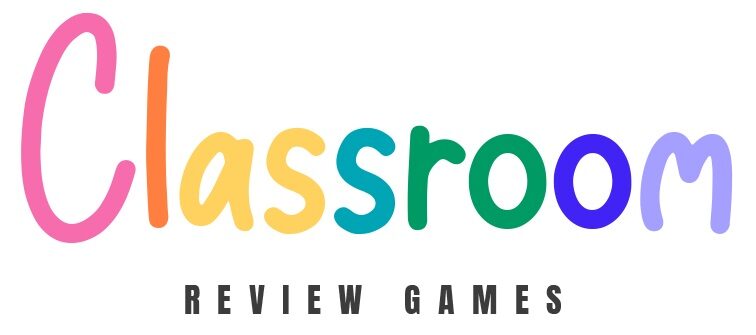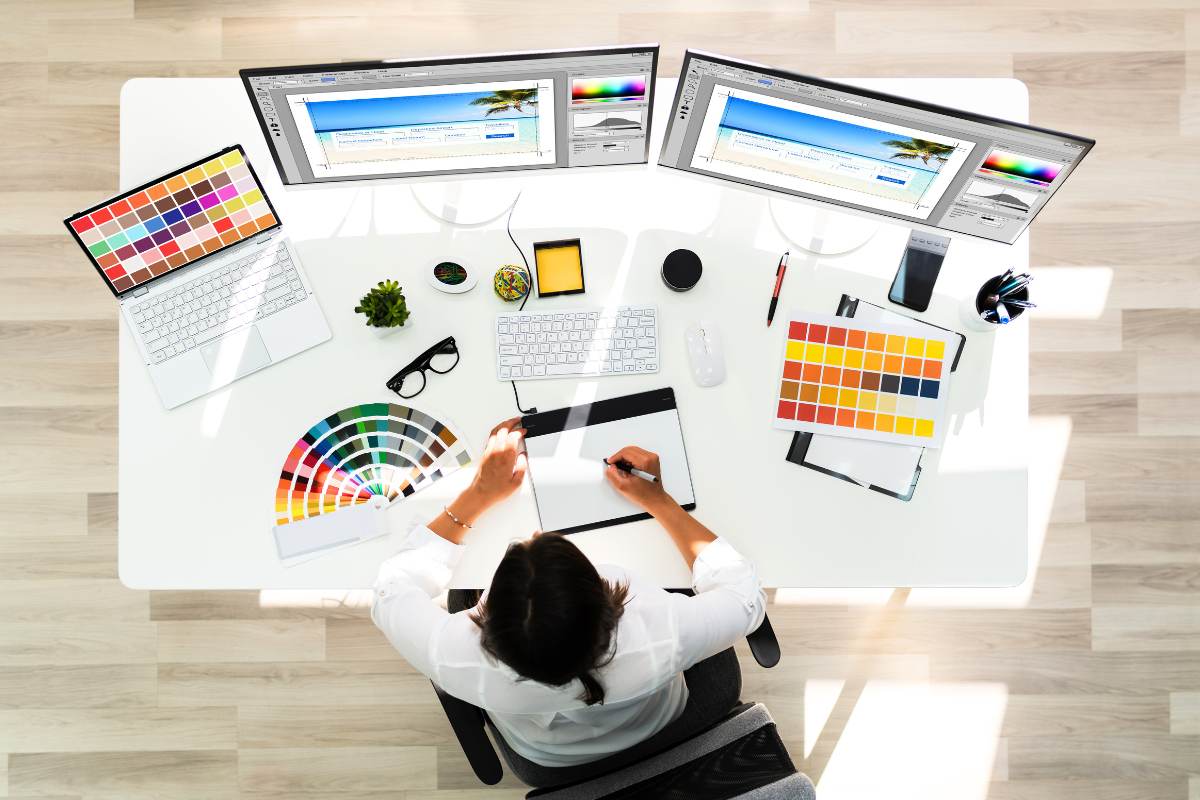How Graphic Design Skills Can Boost Your Freelance Income
Graphic design is one of those rare skills that combines creativity, problem-solving, and income potential all in one.
I remember when I first learned to use Photoshop in college — it was to help a friend design a poster for a campus event.
At the time, I had no idea that one skill would eventually lead to steady freelance gigs and even pay my rent during a tough job hunt.
The beauty of graphic design is that it shows immediate value.
A good design can boost engagement, increase sales, and create a strong brand identity — and businesses are willing to pay for that kind of impact.
What started as a hobby for me quickly became a reliable side hustle, and eventually, a full-time freelancing path.
From logos to social media graphics, the demand was there.
And unlike some skills that fade, design evolves — giving you constant opportunities to level up.
Why Graphic Design is a High-Demand Skill for Freelancers
Every brand, business, or influencer needs visuals to stand out.
Graphic design sits at the center of marketing, content, and communication.
You’re not just making things look pretty — you’re solving business problems through visual storytelling.
Think of a new brand needing a logo, or a bakery wanting eye-catching flyers for their weekend special.
These aren’t just tasks — they’re opportunities to bring in repeat clients.
As a freelancer, graphic design puts you in control of your workload and rates.
Whether you specialize in branding, digital ads, or merchandise design, there’s room to carve out your niche.
And the best part? You can start with minimal investment.
A laptop, some design tools, and practice are enough to kick off.
Want to see how you can turn skills into a career path? Explore this graphic design program to get started with hands-on learning.
Real Projects That Pay — My First $500 from a Flyer
I still remember my first real freelance gig.
A local coffee shop needed a promotional flyer for their new drinks menu.
I charged $100, delivered it in two days, and didn’t think much of it.
But the next week, the owner called back.
Apparently, the flyer boosted foot traffic by 30%.
She wanted five more designs for seasonal promotions.
Within a month, I had made over $500 from a single client — just from one well-designed flyer.
This is the kind of snowball effect that’s possible when you deliver value as a designer.
Your work becomes marketing for itself.
Building a Portfolio That Sells Without Words
Your portfolio is your loudest salesperson.
When you’re freelancing, people hire what they see.
Start small — use mock projects if you don’t have real clients yet.
Redesign a website homepage.
Create a new look for a non-profit’s logo.
Make a bold poster for a cause you support.
The key is showing versatility and thought process, not just style.
And always include a short blurb about the goal of the project and how your design helped meet it.
That gives context and adds a strategic edge to your work.
What Clients Actually Look For in a Graphic Designer
Clients aren’t looking for flashy animations or fancy jargon.
They want someone who listens, solves problems, and delivers on time.
In my experience, being easy to work with is often more valuable than being the most technically skilled.
Communication is everything.
Ask questions about their brand, target audience, and what problem they’re trying to solve with the design.
The more you understand their goals, the more relevant your designs will be.
That’s what leads to long-term relationships — not just one-off gigs.
Scaling Your Income With Design Packages
One trick I learned early: stop charging per project and start offering packages.
Instead of $75 for one social media post, offer a $400/month package for 10 posts.
Or combine logo, branding guide, and business cards into a $1,200 brand identity package.
This simplifies your pricing and makes it easier for clients to say yes.
You also reduce admin time and increase your hourly income by batching work.
Packaging services changed my entire freelance workflow.
It allowed me to work fewer hours while earning more.
Tools That Make You Work Smarter, Not Harder
There are dozens of tools out there, but here’s what I rely on when create classroom games:
- Figma for UX/UI and collaborative design
- Canva Pro for quick social media content
- Adobe Illustrator for vector work
- Trello or Notion for managing client tasks
- Loom to record design feedback or walkthroughs
Using the right tools doesn’t just improve design quality — it makes you faster and more professional.
And in freelancing, speed and clarity go a long way in getting rebooked.
Where to Find Clients Who Value Your Work
Start local.
Think restaurants, salons, gyms, or boutiques that don’t have strong visual branding.
Offer to help them look more professional online.
Then move to platforms like Upwork, Fiverr, and Behance to showcase your work.
But the best leads?
They usually come from word-of-mouth or referrals.
So always follow up after a successful project, and ask if they know anyone else who might need your help.
Just asking has led me to some of my highest-paying design jobs.
Lessons Learned From Freelance Mistakes
When I started, I undercharged, overpromised, and worked without contracts.
That burned me more than once.
Now, I use a basic design agreement for every project — even the small ones.
It protects both sides and sets clear expectations.
I also learned to value my time.
If a client takes two weeks to give feedback or constantly changes direction, that’s a red flag.
Learn to walk away from bad fits.
It saves your energy for the ones that are worth it.
The Future of Freelance Design is Niche + Personal
Graphic design is evolving.
It’s not just about visuals anymore — it’s about voice and vibe.
Clients want designers who understand trends but also bring personality into their work.
Whether it’s minimalist logos or bold poster art, your unique style is an asset.
And niches are growing fast — like eBook design, YouTube thumbnails, or podcast branding.
Pick one and master it.
You’ll stand out faster and get hired more often.
Final Thoughts: Your Design Skills Are Worth Charging For
Graphic design isn’t just art — it’s a business tool.
And as a freelancer, you’re not just a creator — you’re a service provider, strategist, and problem solver.
You’ll make mistakes.
You’ll have wins.
You’ll learn faster by doing than by reading.
But if you keep sharpening your skills and showing up with a client-first mindset, design can become a powerful source of income and freedom.
Let your work speak — and get paid for the value it brings.


